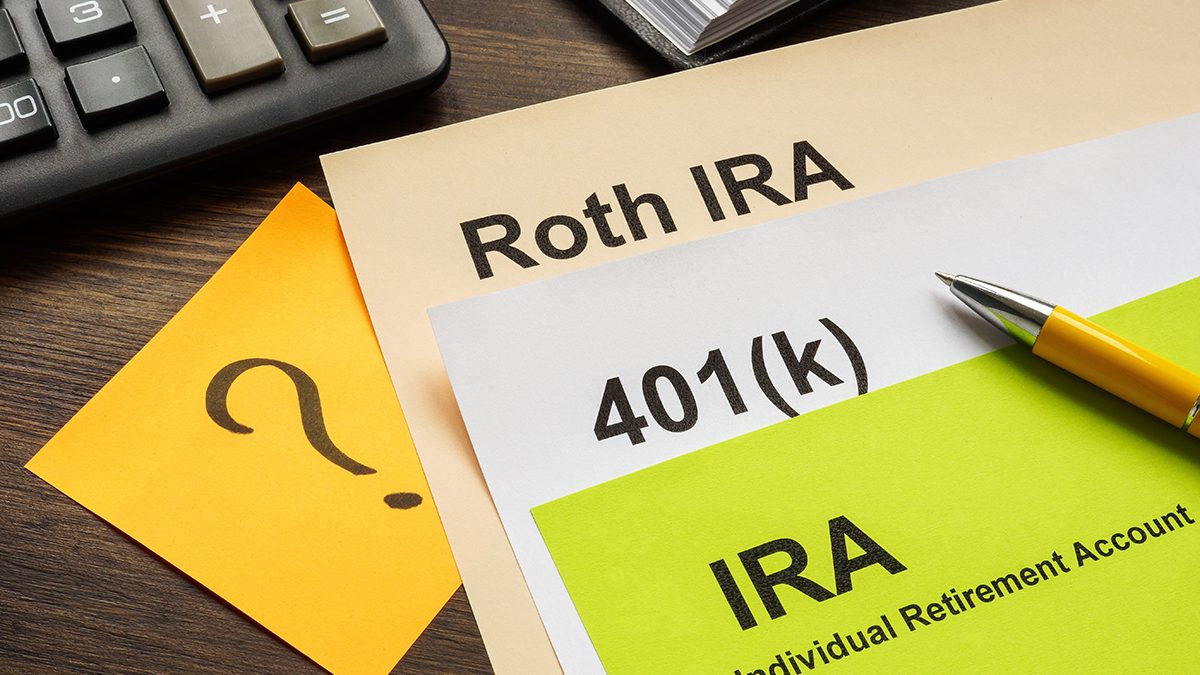Retirement Accounts for Young Adults: A Guide to Financial Independence
Financial
May 24, 2024


Retirement Accounts for Young Adults: A Guide to Financial Independence
For young adults embarking on their journey into the workforce, retirement may appear distant and abstract. However, laying the groundwork for retirement savings early on is crucial for securing financial stability and independence in the future. In this guide, we’ll unravel the intricacies of retirement accounts, tailored to resonate with young adults, empowering you to make informed choices about your financial future.
Demystifying Retirement Accounts
Retirement accounts serve as specialized investment tools designed to facilitate long-term savings and investment for retirement. They offer distinct tax advantages and investment options, catering to a range of financial goals and risk tolerances. Understanding the nuances of each retirement account is essential for selecting the one that aligns best with your unique circumstances and aspirations.
Types of Retirement Accounts
Traditional IRA (Individual Retirement Account)
Traditional IRAs allow individuals to make tax-deductible contributions, with earnings growing tax-deferred until retirement age. Withdrawals during retirement are taxed as ordinary income. This account appeals to those seeking immediate tax benefits and anticipate being in a lower tax bracket during retirement.
Roth IRA
In contrast, Roth IRAs accept after-tax contributions, but withdrawals during retirement are tax-free. This makes Roth IRAs particularly appealing for young adults anticipating their income and tax rates to increase over time.
Employer-Sponsored Retirement Plans (e.g., 401(k), 403(b))
Many employers provide retirement plans such as 401(k)s or 403(b)s, allowing employees to contribute a portion of their pre-tax income. Some employers may even match a percentage of employee contributions, effectively amplifying your savings. These plans offer tax-deferred growth, making them invaluable tools for retirement planning.
SEP IRA (Simplified Employee Pension Individual Retirement Account)
Tailored for self-employed individuals or small business owners, a SEP IRA permits higher contribution limits than Traditional or Roth IRAs. Contributions are tax-deductible and grow tax-deferred until retirement, providing a tax-efficient avenue for retirement savings.
Choosing the Right Retirement Account
Selecting the most suitable retirement account hinges on various factors, including your current financial situation, long-term objectives, and risk tolerance. Reflect on the following questions when evaluating retirement account options:
- Do you prioritize immediate tax benefits or tax-free withdrawals during retirement?
- Are you self-employed or do you have access to an employer-sponsored retirement plan?
- What trajectory do you anticipate for your income and tax bracket in retirement?
Conclusion
Navigating the landscape of retirement accounts may seem daunting, but armed with knowledge, you can make empowered decisions that pave the way toward financial independence. Whether you opt for a Traditional IRA, Roth IRA, employer-sponsored plan, or SEP IRA, the key lies in initiating savings early and maintaining consistency in your efforts. By taking proactive steps to invest in your future today, you’ll position yourself for a retirement marked by financial security and peace of mind.
Source: Investopedia



